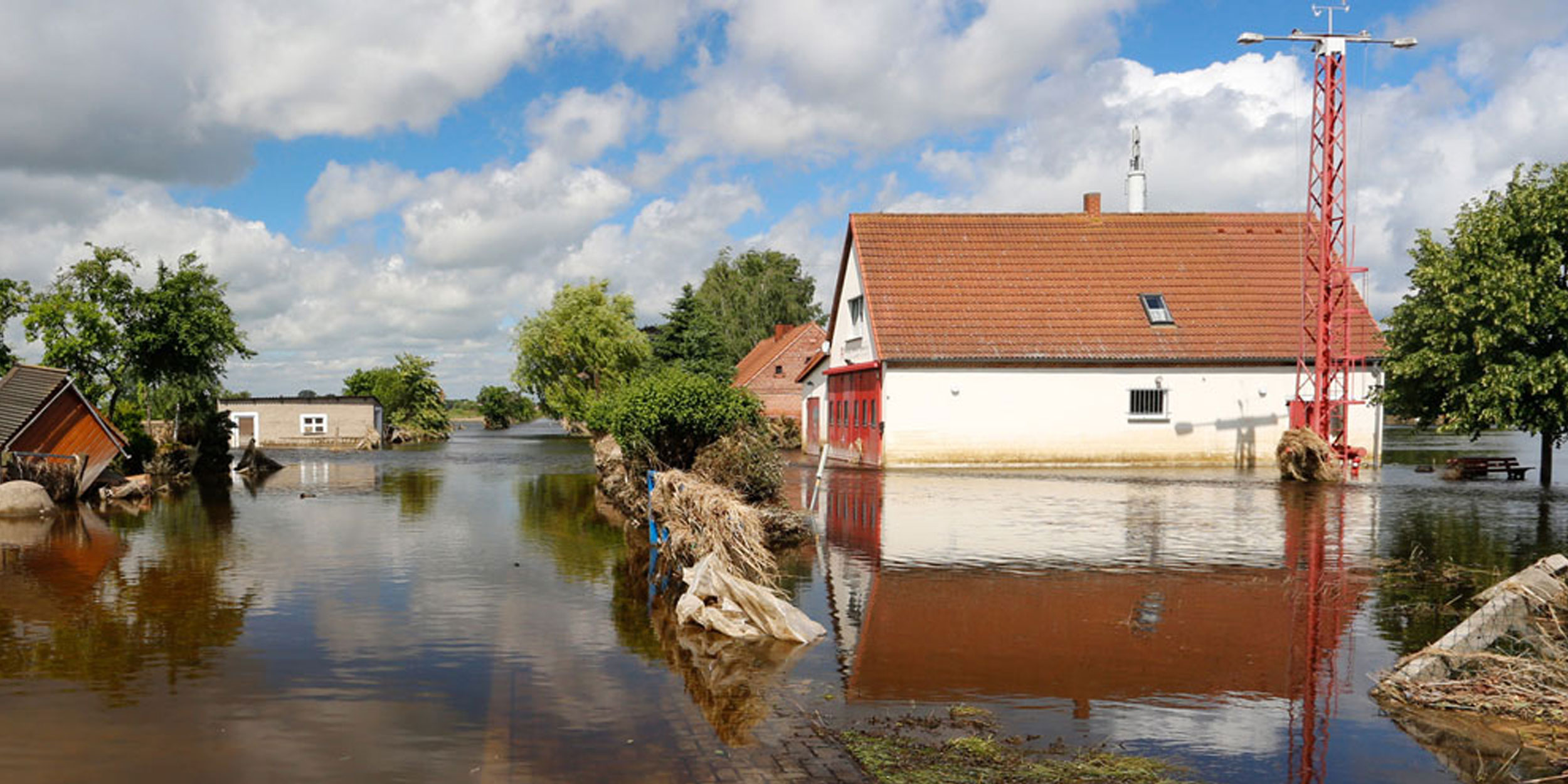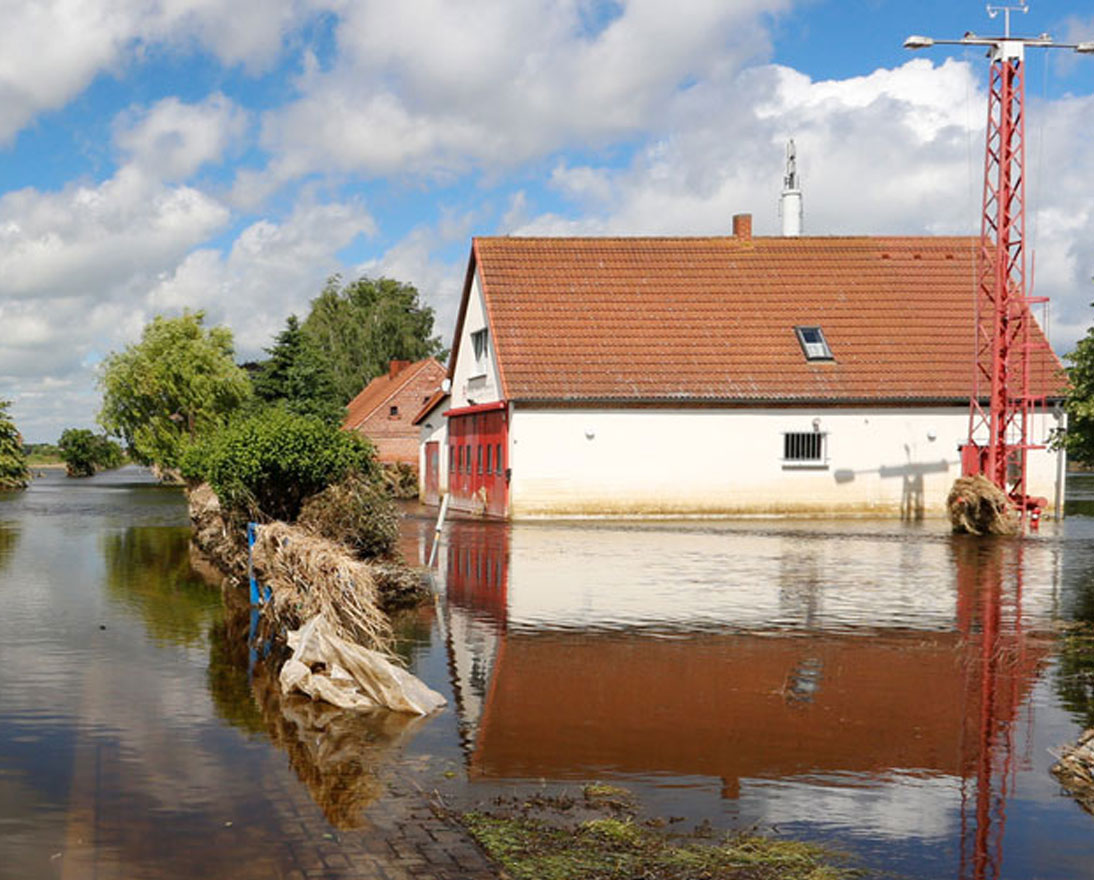Risk Nexus: Enhancing community flood resilience: a way forward
Natural hazardsArticleJune 12, 20143 min read
Floods cause more damage worldwide to human life and property than any other type of natural disaster. This trend shows no sign of abating. Many of the efforts to address flooding so far have been focused on recovery. To reduce flood losses and help communities in both developed and developing countries improve flood resilience, it is imperative that we focus more on mitigating risks and preparing for floods, rather than simply dealing with the consequences after a flood occurs.
To reduce flood losses and help communities improve flood resilience, it is imperative that we focus more on mitigating risks and preparing for floods, rather than simply dealing with the consequences after a flood occurs. Floods cause more damage worldwide to human life and property than any other type of natural disaster. This trend shows no sign of abating. Many of the efforts to address flooding so far have been focused on recovery. To reduce flood losses and help communities in both developed and developing countries improve flood resilience, it is imperative that we focus more on mitigating risks and preparing for floods, rather than simply dealing with the consequences after a flood occurs. This publication is based on a more detailed white paper developed by the International Institute for Applied Systems Analysis (IIASA) and the Wharton Risk Management and Decision Processes Center (Wharton) as part of the Zurich flood resilience alliance. It provides insights into ways this might be done. Empirical evidence suggests that flood risk prevention is highly cost-effective. Even so, more resources are put into helping communities to recover after a flood, as opposed to enhancing flood resilience. This is true in developed countries where most spending is done through government relief and insurance payment after a disaster. It is also true in less-developed countries where disaster aid is heavily dominated by emergency response. Over the past two decades, nearly 87 percent of spending on aid went into emergency response, reconstruction and rehabilitation, and only 13 percent toward reducing and managing the risks before they became disasters. For every USD 100 spent on development aid, just 40 cents has been invested in defending that aid from the impact of disaster.
Disclaimer: Views expressed on this page and in the reports are not necessarily those of the Zurich Insurance Group, which accepts no responsibility for them.

